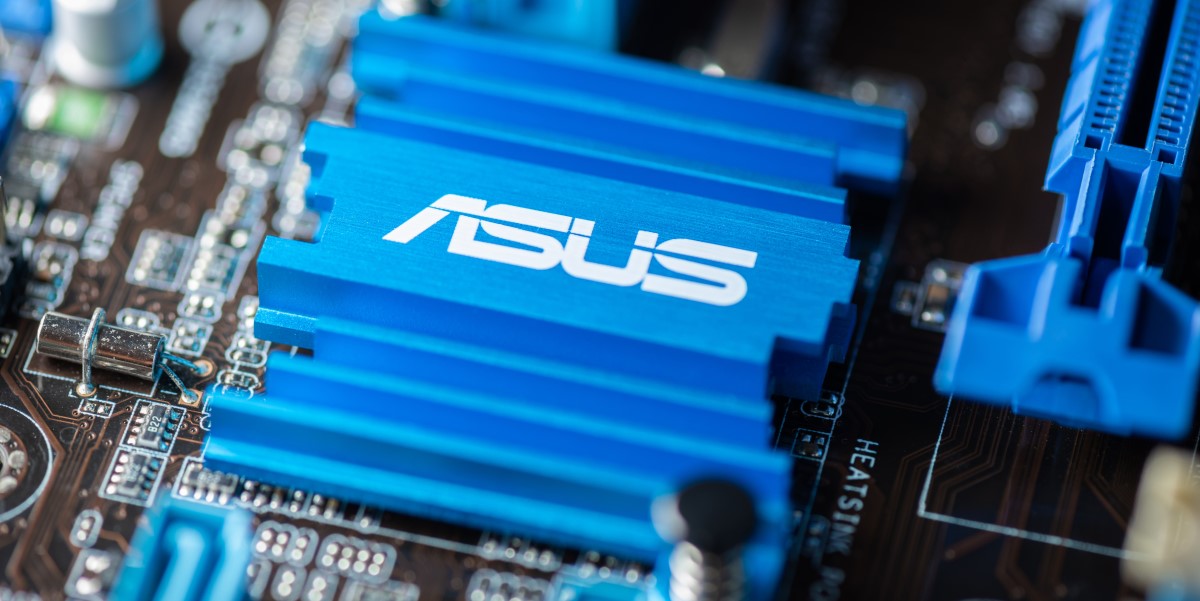Demand For GPUs Used To Mine Crypto 'disappearing', Says ASUSTeK

Taiwanese hardware giant ASUSTeK says demand for GPU used to mine cryptocurrency is "disappearing" – and so is about ten percent of demand for personal computers.
Speaking on the company's Q1 earnings call, co-CEO S.Y. Hsu said the fall in demand for GPUs was caused by the crypto industry responding to critics of its energy consumption. They're moving away from proof of work to proof of space – verifiable creation of data occupying space in a storage medium – as the means of mining tokens.
The Register imagines this week's plunges in crytpo values may further depress demand for coin-crunching kit.
But we digress. Hsu said ASUS is not bothered by the loss of its crypto customers, because their exit from the market means prices have normalized. The co-CEO predicted the next year will see sales surge for gaming laptops – a product he said young people consider an important piece of home entertainment kit.
But the company expects the overall PC market to return to its pre-COVID gentle sales decline. Q2 guidance suggested investors should brace for PC sales to fall ten percent quarter-on-quarter, and component sales to drop between ten and fifteen points.
- Asus GPU prices to tumble by up to 25% as US lifts tariffs
- Review: ASUS dual-screen laptop may warm your heart, will definitely warm your lap
- Cyclops Blink malware sets up shop in ASUS routers
Hsu also turned his attention to supply chain matters, and said silicon is no longer ASUS's top problem.
"When it comes to integrated circuits, the supply is in a manageable level," he said – with the exception of power management chips. Shortages of camera components and printed circuit board supplies are the new bottlenecks ASUS is trying to bust.
So are problems at US seaports.
"We saw significant port congestion in the US or a shortage of containers and truck drivers," Hsu said. "The current situation is not getting worse, but the constraints remain. Therefore, whether you are looking at shipping rates or air freight, the cost remains high. Of course, high shipping costs is creating cost pressure for us. But still, it's all in the expected and manageable level."
ASUS posted $NT128 billion (US$4.3B) revenue for its first quarter – an 18 percent year-on-year jump. Net profit was $NT10.4 billion – up seven percent year-over-year.
Execs told investors Q2 may be difficult – in part because China's extensive COVID-19 lockdowns will depress sales and see inventory levels rise. But the company believes that once the buying season of Q3 arrives, having some extra product on hand will become a growth driver. ®
Evaluating Ukrenergos Standalone Debt Restructuring Versus National Efforts In Ukraine
As Ukraine navigates the complexities of post-war recovery, the debate surrounding the debt restructuring of its state g... Read more
Navigating The Shifting Sands: The Neutral Rate Of Interest In A Rapidly Evolving Economy
In the labyrinth of monetary policy tools, the neutral rate of interest stands out for its pivotal role in stabilizing e... Read more
Indias Stock Market Surge: A Sectoral Deep Dive And The Modi Effect
In the landscape of global finance, few markets have captivated investor interest quite like India's, particularly again... Read more
Navigating New Horizons: The Entry Of Crypto-ETNs In The UK Market And Its Ripple Effects
In an unprecedented move that marks a significant pivot in the United Kingdom's regulatory approach to digital assets, t... Read more
Navigating The New Frontier: Investing In The Age Of Artificial Intelligence
In recent months, the financial world has witnessed a phenomenon that has reshaped the landscape of investment: the boom... Read more
The Future Of Finance: How Cryptocurrency ETFs Are Changing The Investment Landscape
In an unprecedented move that marked a milestone for the digital currency world, the U.S. Securities and Exchange Commis... Read more

